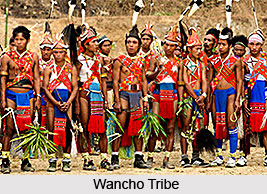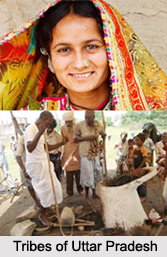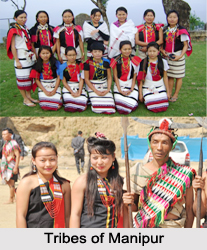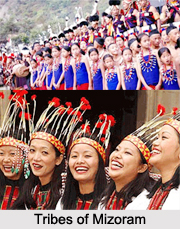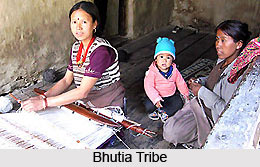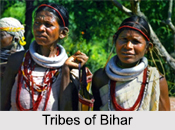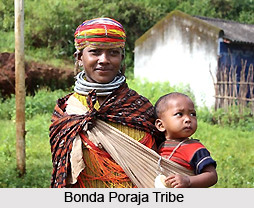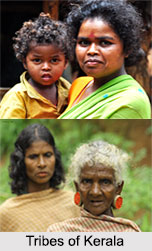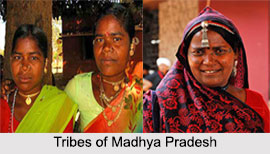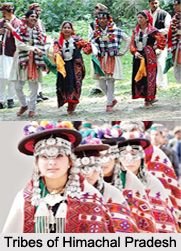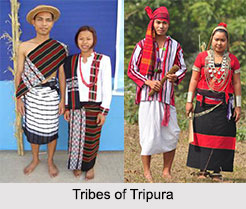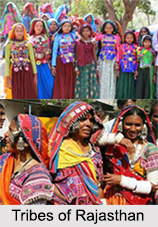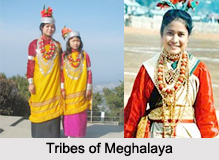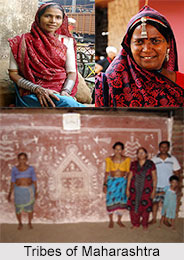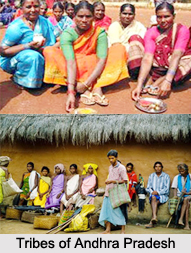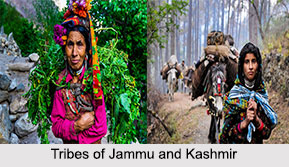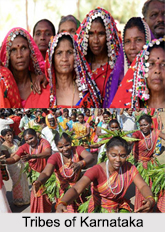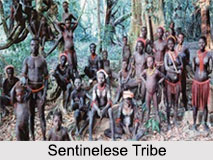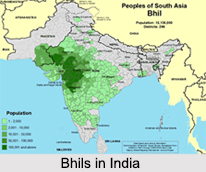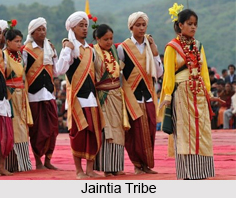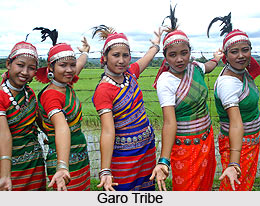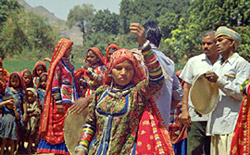The Jats are one of the most prosperous ethnic groups in India and have an ancient cultural history. They are extensively located in the regions of Haryana, Punjab, Gujarat and some parts of Rajasthan thereby being the largest group in the north western part of India. The Jats were the first Hindu people with whom the Arabs got in touch with and all Hindus were identified to the Arabs by the name Jat.
The origin of the Jat community is enveloped in two debatable theories. It is said that the Jat people have descended from Indo-Scythian tribes who occupied the northern region of Pakistan and India from Central Asia. There is also an alternative hypothesis which traces the origin of the Jat community to the Indo-Aryans, based on the physical and linguistic semblance. Deva Samhita, the Hindu mythology, outlines the origin of Jat people to Shiva"s lock. The Jats also find their place in the mythological literature of the Mahabharata.
The history of the Jats is associated with the Vedic civilisation (4500 BC - 2500 BC) which developed along the bank of river Saraswati. Even today the Jats holds a prominent position in the regions of Haryana, Punjab and Rajasthan, that is, along the dried bed of river Saraswati. Up to the beginning of the thirteenth century the Jats were a compact tribe with strong community bonding of blood ties, common language and a common religion. But later, about one-third of them turned Muslims, one-fifth Sikhs and rest remained Hindus. Every Jat village was a small republic made up of people of kindred blood who were conscious of absolute equality between themselves. They were bold cultivators, accustomed to guide the ploughshare and wield the sword with equal ease, second to no other Indian race in sincerity or valour. The Varna system refers to the Jats as Kshatriyas or the warrior class. With the growth of Arya Samaj among the Jats, their social position got emphasised. The Jats were primarily agriculturist and led a moderately independent political life. Even during the Mughal period, no Jat kingdoms were founded with the exception of Bharatpur. The Jats of Mathura were the first to rebel against the Mughals because of economic discontentment and discrimination.
Physically the Jats resemble the same ethnic group as the Rajputs, and represent a type, which is close to the traditional Aryan colonists of India. Their stature is usually tall, eyes are dark, complexion is fair, with plentiful of facial hair, a long head and a prominent nose. Character wise the Jats are endowed with great firmness, determined perseverance and an extremely practical bent of mind. Tribal ties are very strong among the Jats. Resentful of external interference and sensitive to autocracy the self -governing Jats have, from the beginning shown an instinctive attachment to democratic ways. The Jats displayed little enthusiasm in upholding the canons of orthodox religion and the rigid caste system. Their close contact with the soil and healthy outdoor life made them the most stalwart of the rural Indian races.
The life and culture of the Jats is quite fascinating because of its diverse nature. Agriculture, soldiering and animal husbandry have been the chief occupation of the Jats so far but with the change of animal era to machinery they are exploring newer avenues like military and police. Even in government civil services the Jats are well represented. There is no rigidity of religion among the Jats. They are followers of many faiths like Hinduism, Sikhism and Islam. The Jats speak a number of languages usually Punjabi, Sindhi, Hindi, Dogri, Urdu, and Gojri. The Jats always organised themselves into clans or panchayat system. A clan included one gotra or a number of connected gotras under one elected head whose words was taken to be the law. The food habits of the Jats are simple and their staple food is wheat, vegetables, milk and ghee. During festivals special dishes like kheer, chawal and halwa are prepared. The clothes and ornaments of the Jat people are very captivating. The male wear includes a white turban, dhoti, shirts and cotton or woolen shawls while the women wear short blouse, heavy skirts, jutis (country made shoes) and prefer heavy ornaments of silver and gold.
Today, apart from their Indian settlements the Jats are scattered over U.S, U.K, Australia and Canada. The Green revolution brought significant changes in the lifestyle of the Jat people. Nuclear families replaced the traditional joint families. It also led to the betterment of agricultural production. Clothing and food habits have changed to a large extent among the Jats. The new generation prefers readymade clothes to the old dhotis. Television sets, cars and mobiles are now common in the villages and education is progressing rapidly.
The evolution of the Jats from being mere peasants to one of the most eminent community is fascinating. It is by their sheer determination and will power that the Jats, battling all odds, have been able to carve a niche for themselves in the modern era.
